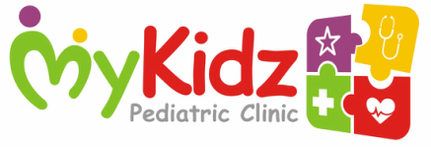Snoring
What is Snoring?
Whether you call it “sawing logs,” or its medical name, “stertor,” snoring is common. Snoring occurs when something blocks the flow of air through your mouth and nose, resulting in sounds caused by tissues at the top of your airway striking each other and vibrating.
Symptoms
Snoring can also be a sign of obstructive sleep apnea, in which the person stops breathing for periods of more than 10 seconds at a time during sleep. Symptoms of obstructive sleep apnea include inattention, hyperactivity, sleepiness, or other behavioral problems.If your child snores frequently, have your health care provider check for sleep apnea. In children, obstructive sleep apnea often occurs in association with large tonsils.
Diagnosis
Heavy snorers, those who snore in any position or are disruptive to the family, should seek medical advice to ensure that sleep apnea is not a problem. The physician will conduct a thorough examination of the nose, mouth, throat, palate, and neck. A sleep study may be necessary to determine how serious the snoring is and what effects it has on the snorer’s health.
Treatment
Treatments include surgery for obstructive sleep apnea and snoring. If surgery is too risky or unwanted, the patient may sleep every night with a nasal mask that delivers air pressure into the throat; this is called continuous positive airway pressure or “CPAP.” Patients can also reduce snoring by losing weight and avoiding sleeping flat on your back.
Whether you call it “sawing logs,” or its medical name, “stertor,” snoring is common. Snoring occurs when something blocks the flow of air through your mouth and nose, resulting in sounds caused by tissues at the top of your airway striking each other and vibrating.
Symptoms
Snoring can also be a sign of obstructive sleep apnea, in which the person stops breathing for periods of more than 10 seconds at a time during sleep. Symptoms of obstructive sleep apnea include inattention, hyperactivity, sleepiness, or other behavioral problems.If your child snores frequently, have your health care provider check for sleep apnea. In children, obstructive sleep apnea often occurs in association with large tonsils.
Diagnosis
Heavy snorers, those who snore in any position or are disruptive to the family, should seek medical advice to ensure that sleep apnea is not a problem. The physician will conduct a thorough examination of the nose, mouth, throat, palate, and neck. A sleep study may be necessary to determine how serious the snoring is and what effects it has on the snorer’s health.
Treatment
Treatments include surgery for obstructive sleep apnea and snoring. If surgery is too risky or unwanted, the patient may sleep every night with a nasal mask that delivers air pressure into the throat; this is called continuous positive airway pressure or “CPAP.” Patients can also reduce snoring by losing weight and avoiding sleeping flat on your back.

